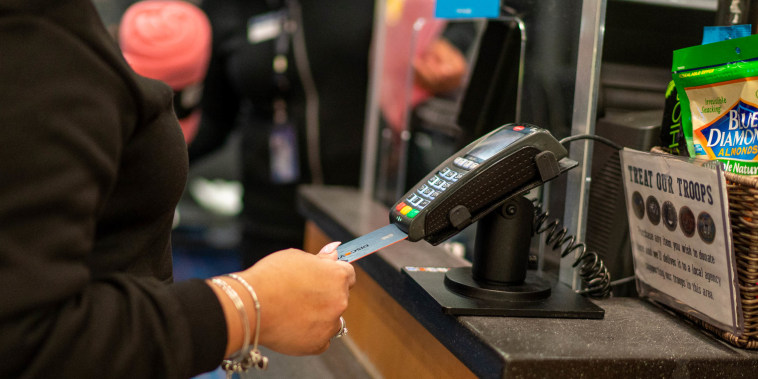Average credit card balances across America have surged by 10% over the past year, reaching a troublesome all-time high of $6,360. This dramatic increase is believed to be largely driven by the rising cost of living and wavering financial stability among consumers, leading to more individuals falling behind on their regular monthly payments.
Credit cards have long been a staple of the American financial system, offering easy and convenient access to funds. However, as balances continue to climb, the rising debt has become a significant cause for concern. Consumer borrowing behavior and spending habits are largely to blame for this shift, underlining the importance of financial literacy and prudent spending.
Many Americans utilize their credit cards to manage the costs of their daily living expenses such as food, rent, healthcare, and emergency expenses. However, the growing reliance on credit cards with high interest rates means more and more consumers are struggling to keep up with their payments, which instantly raises red flags about their financial wellness.
High employment rates coupled with rising inflation are particularly detrimental to lower-income households, causing them to rely more heavily on credit. This reliance results in higher credit card debt and makes it harder for them to pay down their balances. This alarming pattern sheds light on the deepening inequality in the financial system, where those who are less well-off are generally more susceptible to accruing high-interest debt.
However, it’s not just lower-income households that are feeling the pinch; middle-class consumers are increasingly feeling the effects of the current economic climate. Gradually increasing interest rates over the past several years, coupled with consistent increases in living expenses, have forced even more fiscally responsible consumers to rely on their credit cards.
Consequently, this over-reliance on credit cards is contributing significantly to the average debt per consumer. As balances increase, the ability to make regular payments decreases, in turn impacting the credit scores and financial health of countless Americans.
It’s worth noting that the average credit card balance doesn’t necessarily reflect the behavior of all credit card users. Many consumers pay off their balance every month, avoiding interest charges entirely. However, those who carry a balance month-to-month are on the rise, pushing the overall average upward.
The credit industry is closely monitoring these developments. By tracking consumer behavior, they can identify problematic spending patterns and intervene when necessary. For instance, through credit education and awareness, consumers can be made aware of the dangers of high credit card debt and the importance of making regular payments.
In light of these rising average balances, it has become imperative to advocate for financial literacy and responsible borrowing. This could involve introducing regulations to ensure that credit card companies make the associated risks and costs clearer to consumers before they begin accruing debts. Additionally, more resources should be made available to provide consumers with the tools and knowledge they need to manage their credit card balances effectively.
In a nutshell, the 10% spike in average credit card balances represents a serious concern for the economy as a whole. The increased reliance on plastic to meet living expenses paints a troubling picture of the nation’s financial health. However, with awareness and education, consumers can be encouraged to adopt more responsible financial behavior, mitigating the risk of spiraling credit card debt in the future.




